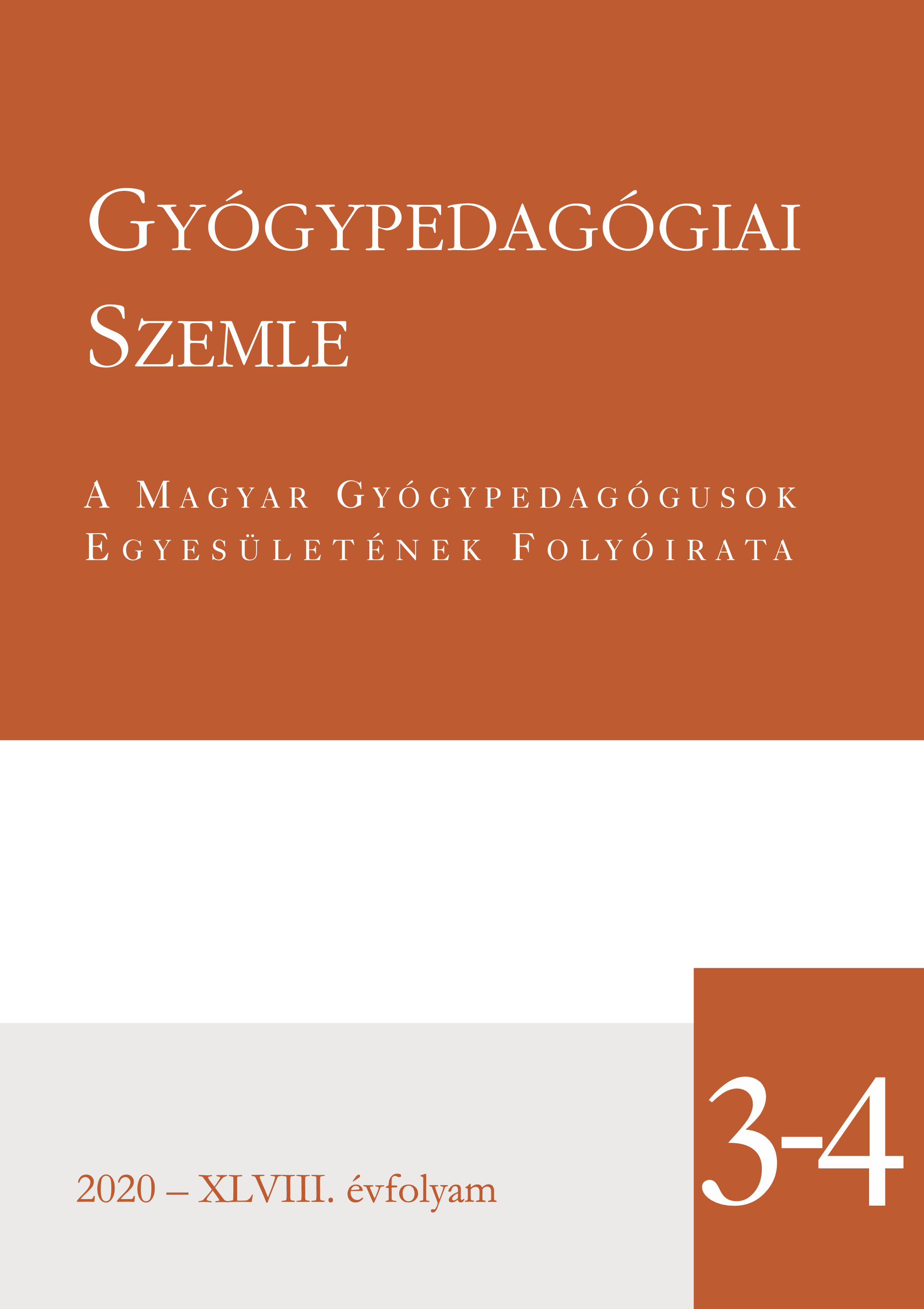Towards the screening for high functioning cases of autism by innovative digital tools at kindergarten age: the shakes project and the results of its first phase
Keywords:
autism spectrum condition, automated emotional facial expression recognition, gaze-tracking, serious game, screeningAbstract
The early recognition of autism (autism spectrum condition, autism spectrum disorder) is a key task, since the earlier the adequate intervention begins, the better the long-term outcome will be. In terms of age, however, autism diagnosis tends to be made in two ‘waves’: more severely affected cases are typically diagnosed between 30 and 60 months of age, while less severely affected a nd ‘high functioning’ cases receive diagnosis later, at school age. In order to provide intervention as early as possible, it is important to bring the second wave of diagnoses to an earlier age.
This paper introduces a research-and-development project (the ‘SHAKES’ project) with the aim to develop a screening tool for recognising high functioning cases of autism at kindergarten age, based on a digital social serious game. The paper presents the background, the rationale, and the objectives of the project, and delineates the evidence-based planning procedure. Then three controlled empirical studies are presented. The first examined the usability of, and user experiences concerning, the first prototype of the screening game (N=5/4/4). The second analysed the quality of the collected data set (N=10/10). The third contrasted groups along emotional facial expressions (N=13/13).
Our results show that the created prototype of the screening game provides adequate usability, motivation and joyful data col lecting environment for the target group; collected data are of acceptable quality and suitable for the purpose of further analysis; and appropriate analysis approach can reveal group-level differences between children with autism and neurotypical children, as a promising result in terms of the future implementation of the screening function.
Keywords: autism spectrum condition, automated emotional facial expression recognition, gaze-tracking, serious game, screening

